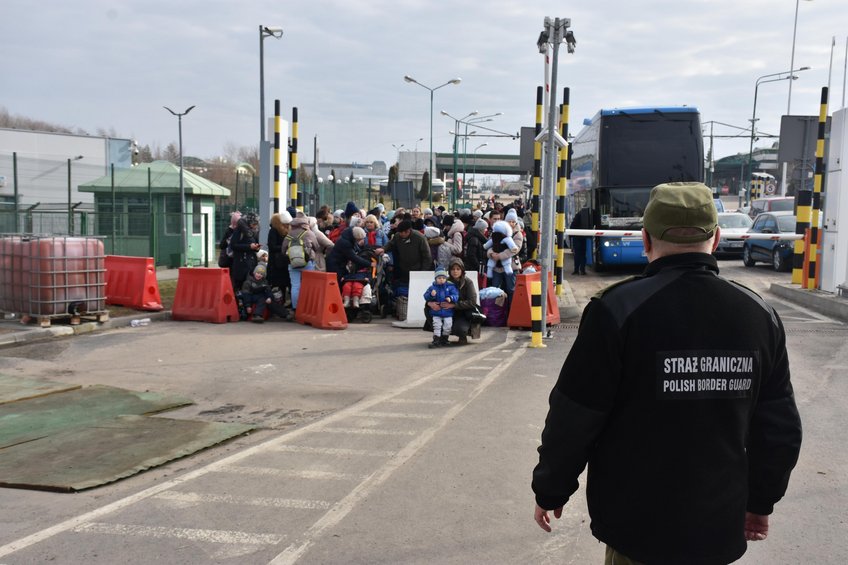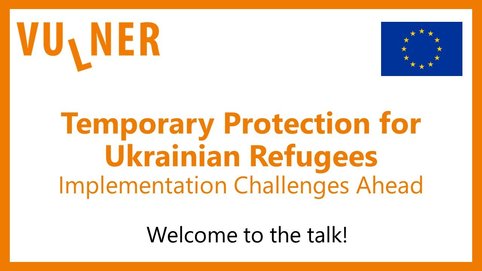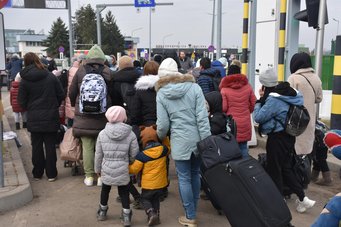Temporary Protection for Ukrainian Refugees – The Implementation Challenges Ahead
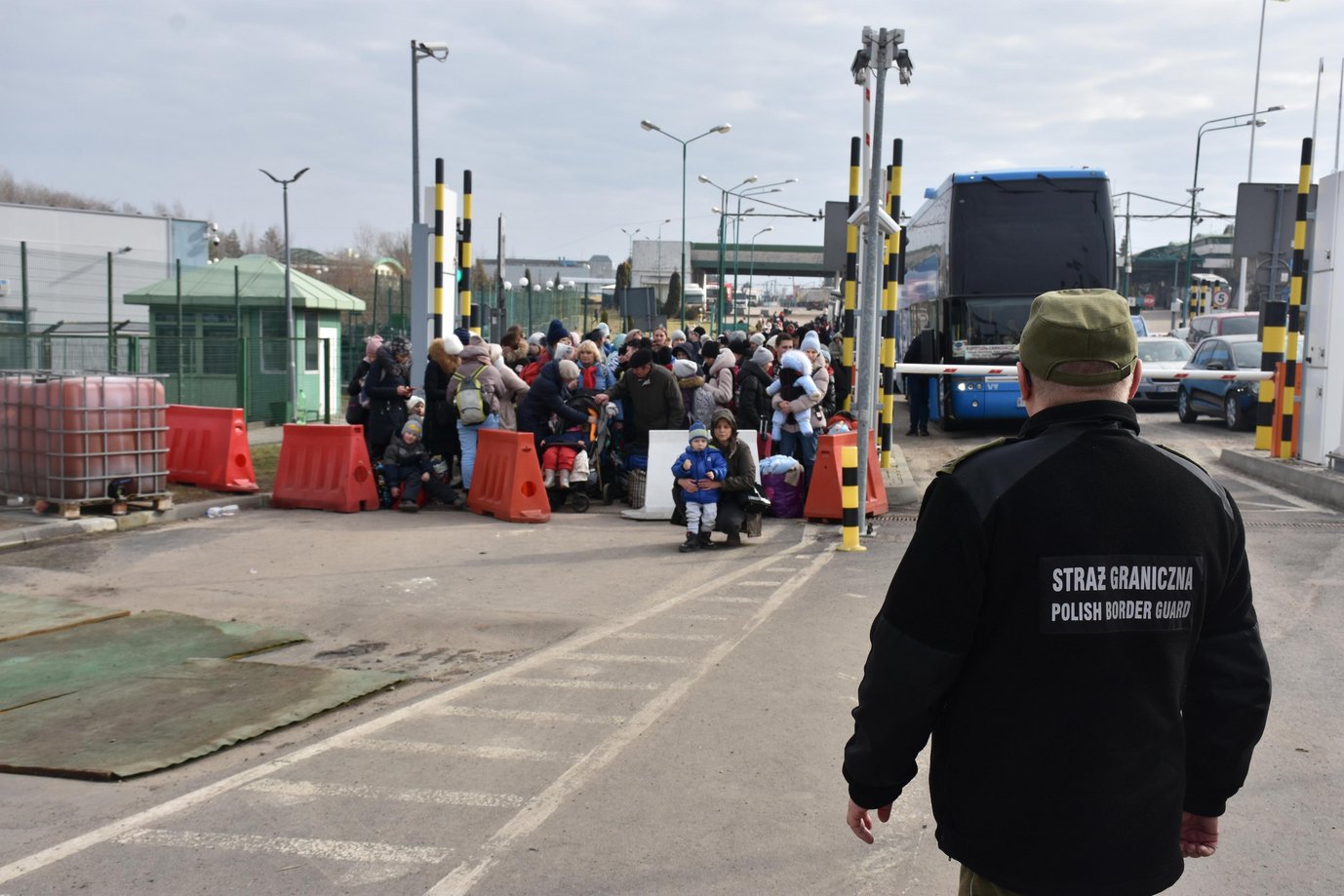
The Russian invasion of Ukraine generates major refugee movements towards the EU. This prompts discussions at the EU level and within EU member states on how it can best be addressed – as illustrated by the activation of the Temporary Protection Directive, which guarantees immediate access to protection to those fleeing the conflict.
Together with experts from academia, civil society and government organisations, we discussed the implementation challenges ahead – and how and under which conditions vulnerability assessment tools and processes may help in solving them.
Speakers:
- Kadri Soova | Head of Migration Unit of Red Cross EU Office
- Hanne Beirens | Director of Migration Policy Institute Europe
- Michael Kegels | Director General of the Federal Agency for the Reception of Asylum Seekers, Belgium (Fedasil)
- Luc Leboeuf | Scientific Coordinator of the VULNER project
- Martin Wagner | Senior Policy Advisor at the International Centre for Migration Policy Development
- Zeynep Yanasmayan | Head of Migration Department of DeZIM-Institut
Moderated by: Susanne Höb | Project Coordinator, Population Europe
VULNER Talk Series
Summary of the Discussion
After a short introduction of the topics, the speakers and the VULNER project, Hanne Beirens is the first to speak, giving an overview of the Temporary Protection Directive, e.g., who is eligible, the duration, the rights for persons that fall under the protection (such as access to education & health care, right to work) and the solidarity mechanism included in the Directive. Furthermore, she mentions pros (such as the Directive being a very flexible instrument enabling fast procedures and removing pressure from the asylum system) and cons (e.g., shifting responsibility to local authorities and merely postponing the pressure on the asylum system).
Martin Wagner emphasises that the EU wide, uniformed approach of the Directive is exceptional, adding that the unbureaucratic and fast provision of legal status, as well as the immediate access to services, are very important for the refugees. Also, the free choice of residence allows refugees to make use of existing personal networks in an EU country. On the other hand, he stresses that, as the Directive has never been activated before, there is insecurity about its implementation on the national level (e.g., referring to the solidarity mechanism) even though well-established procedures are needed right now. Furthermore, he reminds not to forget about other crises and not to implement double standards.
Coming to the implementation on the national level, Michael Kegels gives an overview of current activities of Fedasil (such as building up new buildings for registration and reception in Brussels as well as hubs in the local regions) and emphasises the agencies’ new role of managing and redirecting refugees to other states. Providing housing, education etc. for such a high number of people will be a challenge. He says that the activation of civil society (civilians, organisations, local communities, etc.) is crucial in the current situation and sheds light on the situation of people who do not fall under the Temporary Protection Directive but flee from the war in Ukraine and therefore are addressed by the ‘regular’ reception system which was already under pressure before and now has to manage an increase of 40-50%.
Kadri Soova estimates the activation of the Directive to be a positive step that relieves the ‘first line of assistance’, particularly in the neighbouring countries. The Red Cross EU Office would like to be engaged in the process of developing guidelines for the implementation by the EU Commission. She also sees a gap in the protection of Third Country Nationals who have difficulties proving they fall under the Directive (e.g., Ukraine based Russians) or do not fall under it at all. Furthermore, she addresses open questions: It is possible to apply for asylum, but it is unclear, yet, whether asylum seekers fall back to the related regulations (e.g. denial of access to labour market).
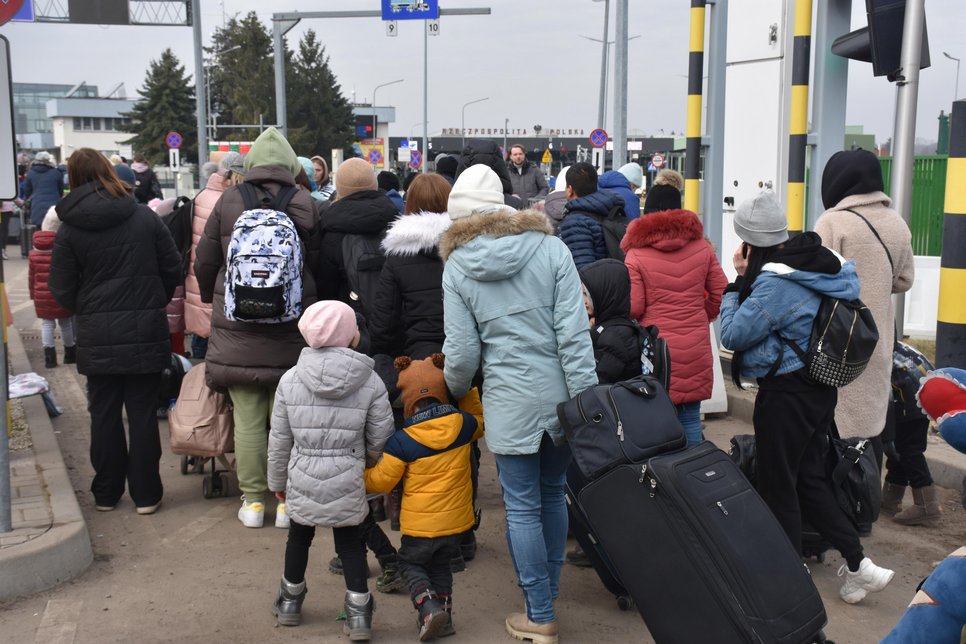
Luc Leboeuf reminds that due to the high number of people arriving, practitioners need to prioritize and therefore, perform an ‘intuitive’ assessment of vulnerabilities. This must not be worrisome: The VULNER project’s research indicates that leeway is important to adapt to actual needs. However, this is only possible without negative impact if decent living conditions are guaranteed to everyone. Also, there is a certain risk that the intuitive assessment is based on stereotypes and does not correspond to the needs or challenges perceived by migrants themselves. This could lead to a ‘vulnerability competition’ among migrants.
Zeynep Yanasmayan puts the current situation into perspective with the refugee crisis in 2015. She explains that during that time, solutions, infrastructure and sometimes even institutions were developed which help now to tackle the crisis, particularly highlighting the role of civil society and the Ukrainian diaspora community. On the other hand, she criticises that in the past years, the political discourse on the matter deteriorated, e.g., resulting in restrictive policies, and a focus on externalisation. She emphasises that it is crucial to develop long-term solutions now. Also, she welcomes the solidarity mechanism as well as the freedom of choice (of residence) given to people who fall under the protection of the Directive.
During the discussion, the speakers made the following recommendations:
-
Avoid the development of double standards. People who do not fall under the Temporary Protection Directive must also be addressed adequately.
-
When it comes to vulnerability assessment, leeway is helpful, but only under the premise that decent living conditions are provided and the assessment is not based on stereotypes but corresponds to the actual needs of migrants.
-
Improve coordination between civil society initiatives and state agencies. Particularly include Ukrainian diaspora in the reception process.
-
Make use of infrastructure built up in 2015, but keep long-term solutions in mind. Do not postpone the discussion on long-term protection. Do not expect that citizens’ goodwill to welcome Ukrainians in their homes will last.
Within the VULNER Project, this event was co-organised by Population Europe and Max Planck Institute for Social Anthropology.
